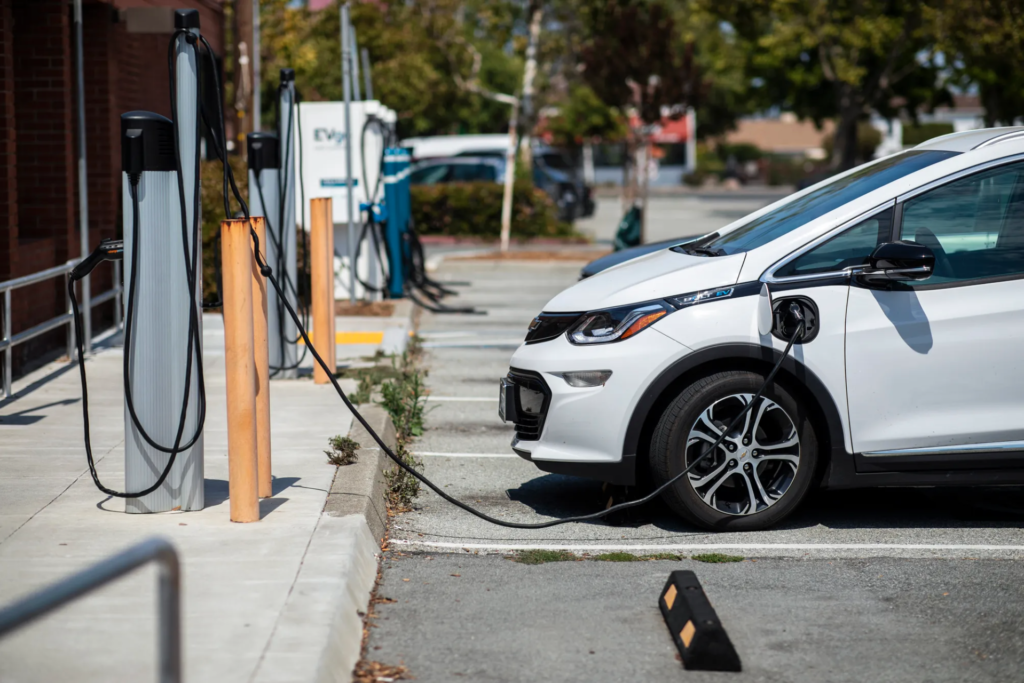CalMatters | March 13, 2023 | Irene Kao, Executive Director of Courage California and Mary Creasman, CEO of California Environmental Voters
Last year, the Legislature signed off on a $10 billion commitment to spend over the next five years on the evolution of our transportation system, building on the $14.2 billion outlined for zero emission vehicles and charging infrastructure for the entire country in the Inflation Reduction Act. But transitioning to a green economy is going to take massive resources: estimates suggest it’ll cost at least $150 billion to transition to 100% ZEV sales alone.
Had Proposition 30 passed, the 2022 ballot initiative would have created sustainable funding – $80 billion over 20 years – to close the gap and evolve our transportation. Since it failed, state leaders need to look for new revenue streams to fund this transition.
Since California will only get a portion of the federal Inflation Act funds, we still have a more than $130 billion gap after a proposed $6 billion cut to the state climate budget. We cannot afford to scale back investments when California is pummeled with new climate impacts every season, and when voters in every region of the state want their leaders to prioritize solutions.
California has some of the most ambitious climate goals in the world, and necessarily so. Just last year, the California Air Resources Board approved regulations that require all new cars to be zero-emissions vehicles by 2035. This is an impressive goal that will help phase out combustion vehicles in California, but it only changes the supply side of the equation. State lawmakers will also need to address the demand and equity angles of our economy to transition what’s actually being driven.
To make ZEVs more affordable, convenient and accessible, California needs to increase investments in clean car rebates and charging infrastructure, rapidly expand transit, and advance active transportation infrastructure, starting with disproportionately polluted communities.
California has an outsized responsibility to model climate progress, and our state is paving the way, creating the global roadmap for action. But it’s not enough to set goals, we must also meet them.
Recent reports show that we need to reduce pollution at a rate four times faster than our current pace to even have a chance at the goals California already set. The name of the game is implementation – lowering carbon emissions as quickly and equitably as possible. And since our transportation system is the biggest source of pollution, that’s got to be a focus.
California and the U.S. just had our biggest year of climate action ever. That is cause for real hope. We accelerated our pollution reduction goals, started phasing out drilling sites near homes and schools, and made big investments in climate solutions like electrification and resilience. Last year was proof that our governments are capable of taking the action needed to solve the climate crisis.
Our leaders stepped up last year on climate justice, and now it’s time to find and generate new revenues for our next big climate challenge: transforming to an inclusive clean economy.

